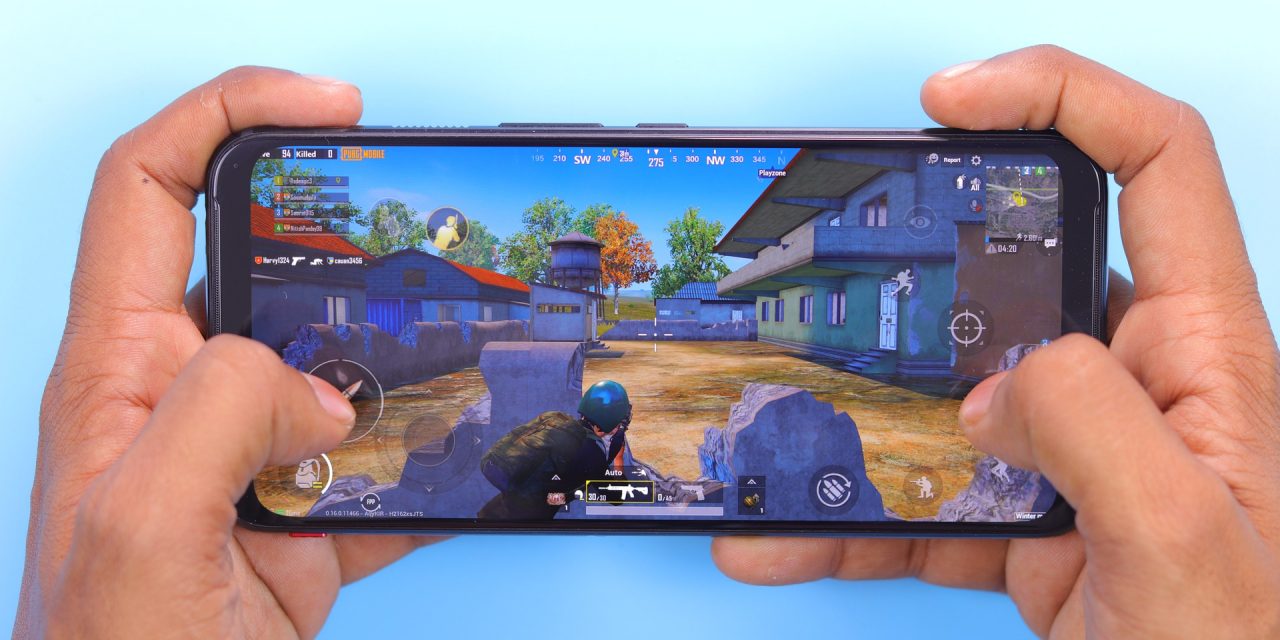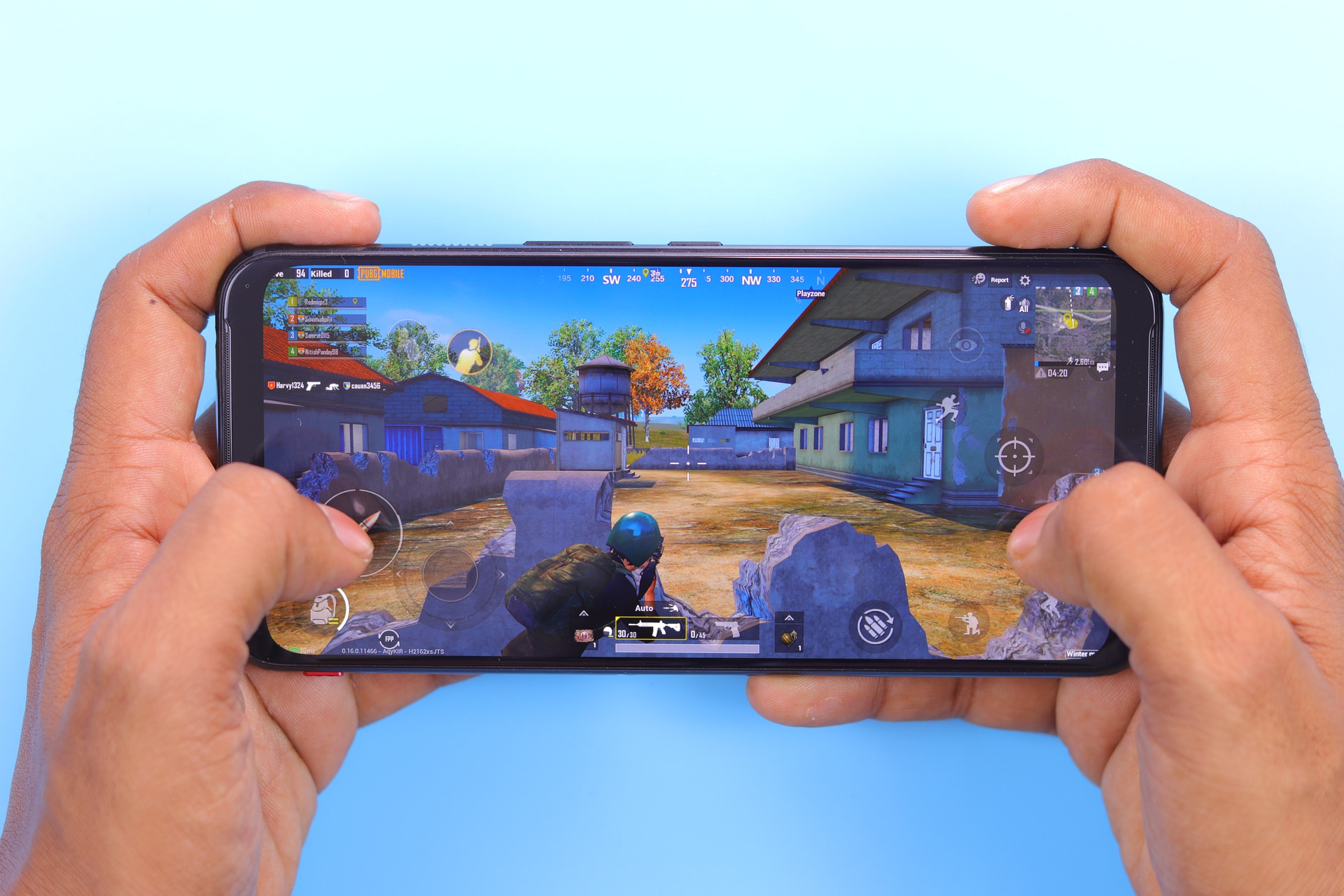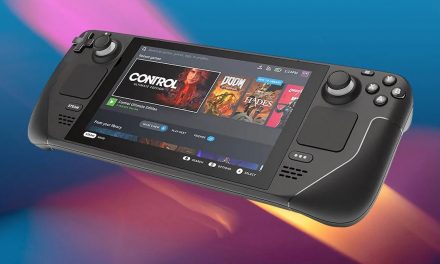Mobile gaming online was developed in 1994, with limited features compared to the more sophisticated software available nowadays.
There are various types of mobile gaming options; location-based games require localization tech like GPS to be activated. Augmented reality is among some of the latest trends in mobile gaming. AR requires reverse facing cameras on the mobile and has impeccable graphics. Multiplayer gaming allows for more than one player either remotely or over a network, requiring WiFi or Bluetooth.
It would be an injustice to say that mobile gaming had fallen, but rather it had a few years where it dipped or even flatlined. But over the years, there have been peaks on the graph of the mobile gaming movement. An example of this would be the Pokemon craze that took the world by storm. Gamers were practically losing their minds and sense of inhibition to catch a pokemon.
Is Mobile Gaming Gaining Momentum Again
It is estimated that 303.7 million people across Canada and North America are active mobile gamers. That is to say, 60% of all gamers in the US and Canada are regular gamers, but that is nothing compared to 87% of the gaming market across Asia.
Over the past two years, the mobile game player base has increased by 12% in sales revenue, translating to a 4.4% increase to $97.8 billion by 2021. In 2020 the mobile gaming market generated a whopping $86.0 billion, and the USA reached a record $10.73 billion in the same year.
The strength of mobile is driven by several factors, the main ones being accessibility, availability and the diversity in titles available. This way it would be easier to choose trusted new online casinos.
Technological advances and digital innovation have also ensured that mobile gaming continues on its upward trajectory. The rollout of 5G technology and the inception of cloud gaming have ensured that multi-player gaming is seamless and without connectivity issues.
Developers Leading The Way
Developers like Riot Games have also boarded the mobile gaming express and developed esports games through adaptations like WildRift. Other well-known game publishers like Pokemon Go and PUBG have transitioned from console gaming to mobile games. This move has created a cross-over appeal to console gaming fans.
The average age of gamers varies across the age spectrum. Many people are often surprised to hear of successful and recognised gamers in the communities. One example is Tactical Gramma, Michelle Statham. She has amassed a massive following, and it goes to show that gaming is for everyone and anyone.
On the opposite end of the spectrum, we also have the average person who doesn’t consider themselves a game, but spends a significant amount of time every week playing a game of sorts. The average person spends 6-8 hours a week gaming and one reason is the accessibility of smartphones and devices.
This accessibility and popularity of gaming has been a drive to lower gaming prices, making it easier to purchase and download games. In addition to this, game development costs have decreased, and marketing costs dropped significantly. Developers can now earn revenue using in-app purchases.
The Future
Mobile gaming is metaphoric, and the future of mobile gaming looks promising. In 2016 the mobile gaming market generated $12.46 billion, and the forecast is that the number would be about $30.53 billion by 2023.
A recent survey showed that gaming apps were second only to social media apps on smartphones for the age group 18 – 24 years old. The mobile gaming industry has diversified and ensured that they capture everyone’s interest, from the casual gamer (Candy Crush, Homescapes) to the Strategy Gamer (PUBG, Clash Royale) and the Fantasy Gamer (Dragon Ball Z, and Ragnarok).
The gaming experience is constantly being improved, game development companies are always finding ways to enhance the gaming experience even further. Razer recently launched a controller that can be attached to either side of a phone.
Mobile game developers have found better ways to monetize their players, and judging by the recent revenue stats for the past couple of years, these models have worked. Ads on games have now become payable that players can accept; others have reward ads that reward players with in-game perks if they watch the ads.
Subscription methods have also successfully generated money; Apple Arcade and Google Play are good examples of this.
Conclusion
We can safely say that mobile gaming has continued to grow despite those who had predicted the fall of this segment of the gaming industry. With technological advancements moving fast and new digital innovations being introduced all the time, mobile gaming can only gain more momentum.
We are curious to see what the big game developers will come up with in the next couple of years. In the meantime, we can suggest that you have fun gaming.















